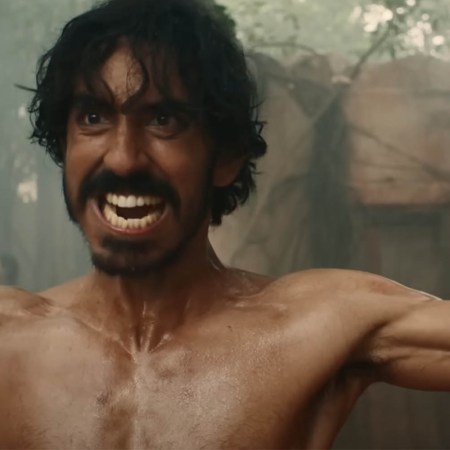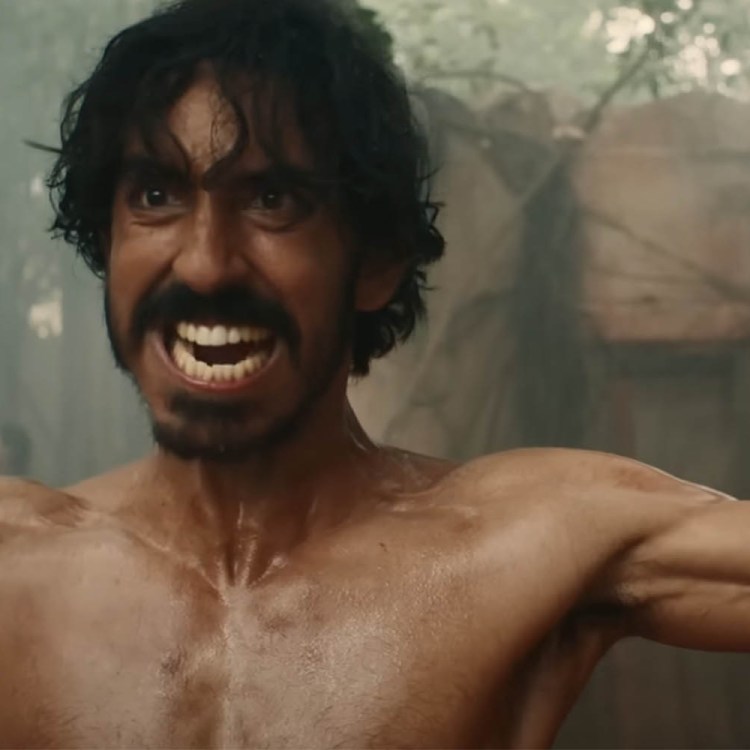Sometimes they come back. And keep coming.
Stephen King movies were the superhero films of a few decades ago – their own mini-genre, a persistent, predictable multiplex presence. The success of Carrie in 1975, the 1979 TV miniseries Salem’s Lot, and then The Shining a year later, spawned years of adaptations, spinoffs, and sequels that sometimes satisfied fans but rarely surprised.
A few were terrific – The Dead Zone, with Christopher Walken at his most disassociated, and Martin Sheen’s fake man-of-the-people lying his way into the White House. Or Misery, with James Caan and Kathy Bates proving what two terrific actors can do with a perfectly calibrated plot, a claustrophobic setting, and a sledgehammer.
But most – Cat’s Eye, Cujo and Christine, Firestarter, Maximum Overdrive and Silver Bullet, Graveyard Shift, The Mangler and Sleepwalkers – seemed meant to be forgotten. And often, the ones you wanted to forget the most were the ones that kept self-propagating. Sometimes They Came Back, true to its word, spawned two sequels. Children of the Corn alone has shucked off an astonishing eight follow-ups or re-boots since the 1984 original.
After a string of disappointing adaptations – Dreamcatcher, Secret Window, 1408 – Hollywood seemed to hit pause. But lately, King movies are back. This year alone brings Pet Sematary, It: Chapter Two, and Doctor Sleep. At least five more major features are in various phases of production, not counting a dozen or so short-film projects announced by hopeful indie filmmakers.
It’s clear that King’s books are having a resurgence. The only question is, why these books?
The Chloe Grace Moretz cover of Carrie of a few years back – hey, we already knew that teen all too well. The current Pet Sematary isn’t wildly dissimilar from the one from 30 years ago (which had already popped out its own sequel). It was already a widely admired TV miniseries. And the upcoming Doctor Sleep, while based on a recent King novel, is really a stealth sequel to The Shining, with little Danny Torrance all grown up and, presumably, still all messed up.
The impossibly prolific King – he should really meet Joyce Carol Oates in some pay-per-view contest – has published 58 novels (so far) and roughly 200 stories. There’s no dearth of material for filmmakers to draw from. So why does Hollywood keep returning to the same material? Why do the same King characters keep stumbling back, clutching at us, like the undead?
Despite our own snobbish love of academic-approved “elevated horror,” plain old-school King is trending – and it’s because he regularly and reliably provides a specific, very timeless kind of nightmare. In fact, the vintage stories being revived lately — Carrie, and It, and Pet Sematary, in particular — all focus on it. And they’re coming out at a time when audiences who were terrified by these films in their first iteration can now see them again – and be scared all over again, for completely different reasons.
And it’s all because of King’s one, great primal obsession.
Other authors have better prose styles, wilder imaginations, wider ambitions. What sets King apart is that — like that other great 20th century dream factory, Walt Disney – he’s always realized, intuitively, that the most primal stories are about childhood, and the most powerful ones of those are about fear. And what terrifies children most? Fear of abandonment. (Your Mommy’s gonna leave you!) Fear of humiliation. (Everybody’s gonna laugh at you!)
Pinocchio, Bambi, Dumbo – like those and other eternal Disney classics, King’s best novels are always about a child’s wounding loss of affection, or respect. His young characters are usually missing a parent, due to death or divorce (or, even worse, simply missing love, which the abusive adults can’t provide). Home is a mean and hurtful place – albeit often a small temporary refuge from the bland suburban streets and schoolyards, where sadistic bullies wait to torture and torment them even more mercilessly.
These are situations that King writes about with real feeling, probably because they come from memories of his own broken home (his father deserted the family when King was 2) and traumatic childhood (he saw one of his close friends struck and killed by a train). And it’s those feelings that root even his most outrageous stories – really, a possessed ’58 Plymouth Fury named Christine? – in real-life situations young readers painfully identify with.
When King’s fans first encounter him as tweens or teens, they often pick up some old, broken-spined paperback hoping for supernatural shocks. But it’s the all-too-natural hurts and humiliations that hook them.
No reader really cares about Carrie White’s telekinesis; what’s queasily compelling is the appalling abuse she suffers (and then, the vengeance she exacts). Pennywise is a terrifying presence in It – but he pales next to some of the terrors Beverly Marsh faces at home. The grand hotel in The Shining is overstuffed with horrors – but none is quite as terrifying as the idea of a drunken father so blind with rage he could grab his own tiny son and dislocate his shoulder.
King always knew who the real monsters were.
And if many of those stories are being revived now, it’s for a good reason – and a different one than Hollywood’s usual rationale.
Generally, when Hollywood retells old tales, the idea – apart from milking a few more millions from an intellectual property – is to tell them in a different way. Modern adaptations break taboos that couldn’t be broken before, or exploit new breakthroughs in special effects. They put a new twist on familiar ones, or add a fresh kind of diversity. Whatever the approach, the goal is always the same — to reach a new audience that may recognize the title, but doesn’t remember the original.
But that’s not the point here.
Pet Sematary doesn’t feature any effects that the original film couldn’t have managed; apart from switching two characters, it follows the same plot. It indulges in some gore and trippy visuals the television mini-series couldn’t, but still stubbornly refuses to take on the creepiest sexual material in King’s novel. These remakes aren’t interested in switching styles, or changing content. They’re not about telling new stories for a new generation, but about re-telling old ones for the same generation, fans who haven’t outgrown the stories but rather have grown older with them.
And this time, the tales’ dark appeal has slightly altered.
If you first saw It or Pet Sematary as a child back in the ’90s, you identified with the children in them. You shared their feelings, their worries, their nightmares. But now, 20 years later, you identify with the adults. And that’s worse. You know, now, that loss isn’t some sort of supernatural occurrence, some freak accident, but a constant, thieving presence. You know that nothing is permanent. Nothing is safe.
If you’re an adult, you know that horror is real, and that the thing that scared you as a child in It – that lurking, lying homicidal clown whose only hunger is destruction – is actually very real, even if his home is now only the metaphoric sewer of the internet. If you’re a parent or a spouse, you find Pet Sematary even more difficult to watch than ever – not because it tells a story of people that come back, but because it reminds you that people don’t. That fate is unfair, and that life is fragile. That the loved ones we lose are lost forever – and no mystical, horror-movie Indian burial ground is ever going to return them to us.
King’s greatest stories haunted us as children, even though we knew they weren’t real. Now, as adults, they terrify us even more – because we know they are.
This article was featured in the InsideHook newsletter. Sign up now.























